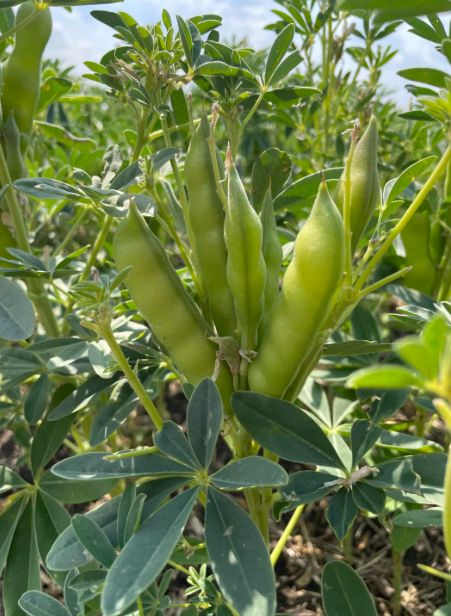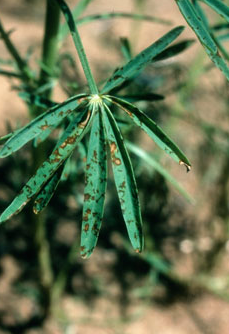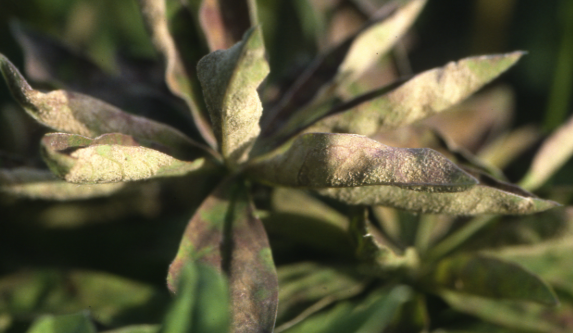Lupin Bean Plant
Lupin bean (Lupinus spp.), an annual or perennial from the Mediterranean, grows 0.3-1.5 m in sandy loam with full sun, needs moderate moisture to yield 0.3-0.6 kg of seeds, supporting heart health with regular watering and 5:10:10 NPK.

Habit
Annual/Perennial
Height
0.3-1.5 m
Growth
Moderate
Soil
Sandy loam
Shade
Full Sun
Moisture
Moderate
Edible
Yes (seeds, cooked)
Medicinal
Yes (antioxidants)
Origin
Mediterranean
Climatic Condition
Temperate
Temperature (°)
15-25
Humidity (%)
50-70
Potting media
50% sand, 30% compost, 20% peat
Fertilizers
Low nitrogen NPK (5:10:10)
Watering
Regular, keep moist
Plant Weight
~0.5-1 kg
Flowering Time
Summer
Soil Ph level
5.5-7.0
Water Ph level
6.0-7.0
Soil EC
0.8-1.2
Yield Per Plant
0.3-0.6 kg
NPK ratio
5:10:10
life Span
1-5 years
Health Benefits
Supports heart health, digestion
Suggested Grow Media or Potting Mix ?
50% sand, 30% compost, 20% peat
Suggested Fertigation/Fertilizers
Fertilize monthly with low-nitrogen NPK
Common Diseases and Remedies
Anthracnose, Powdery Mildew, Root Rot, Fusarium Wilt, Phomopsis Stem Blight
Dark sunken lesions on pods and stems, White powdery coating on leaves, Wilting with soggy roots, Yellowing and wilting leaves with brown stems, Dark lesions on stems with premature pod drop
Remove plant debris, copper sprays, Neem oil, sulfur spray, Improve drainage, avoid overwatering, Remove infected plants, use resistant varieties, Remove infected stems, crop rotation
Fungicides with chlorothalonil, Fungicides with myclobutanil, Fungicides with mefenoxam, Fungicides with fosetyl-Al, Fungicides with thiophanate-methyl

